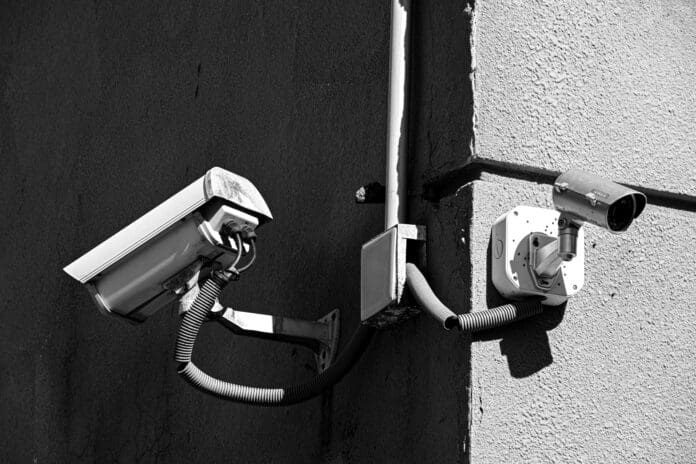This post is also available in:
 עברית (Hebrew)
עברית (Hebrew)
A recent police operation in London has demonstrated the real-world capabilities of live facial recognition technology. In a high-profile case, law enforcement identified and arrested a registered sex offender in breach of a court order, thanks to facial recognition deployed on the streets of southeast London.
The technology, which scans faces in real time and compares them against a database of persons of interest, flagged 73-year-old David Cheneler while he was seen walking with a six-year-old girl, according to a report by the BBC. Cheneler, under a Sexual Offences Prevention Order (SOPO), was barred from being alone with children. A subsequent search found him carrying a knife. He later pleaded guilty to breaching his SOPO and weapon possession charges and was sentenced accordingly to two years in prison.
Live Facial Recognition, as used by the Metropolitan Police, captures images of individuals passing through a designated surveillance area and compares them against a watchlist using a high-precision algorithm. The system is designed to help law enforcement quickly identify suspects in public spaces, especially in high-traffic areas where traditional monitoring would be nearly impossible.
The system can also assist in identifying unconscious or injured individuals, verify identities when misleading information is provided, and even perform retrospective matches against archived footage.
However, the use of facial recognition in public settings remains a flashpoint for debate. Civil liberties groups and AI ethics researchers have raised concerns about bias in facial recognition algorithms, which have been shown to perform less reliably when identifying women, people of color, and older individuals. Misidentifications have led to wrongful detentions in the past, fueling concerns about systemic discrimination and a lack of oversight.
Despite these concerns, police and government agencies continue to expand the use of AI-based identification tools, arguing that when used responsibly and with strict safeguards, they offer a critical advantage in preventing crime and enhancing public safety.

























